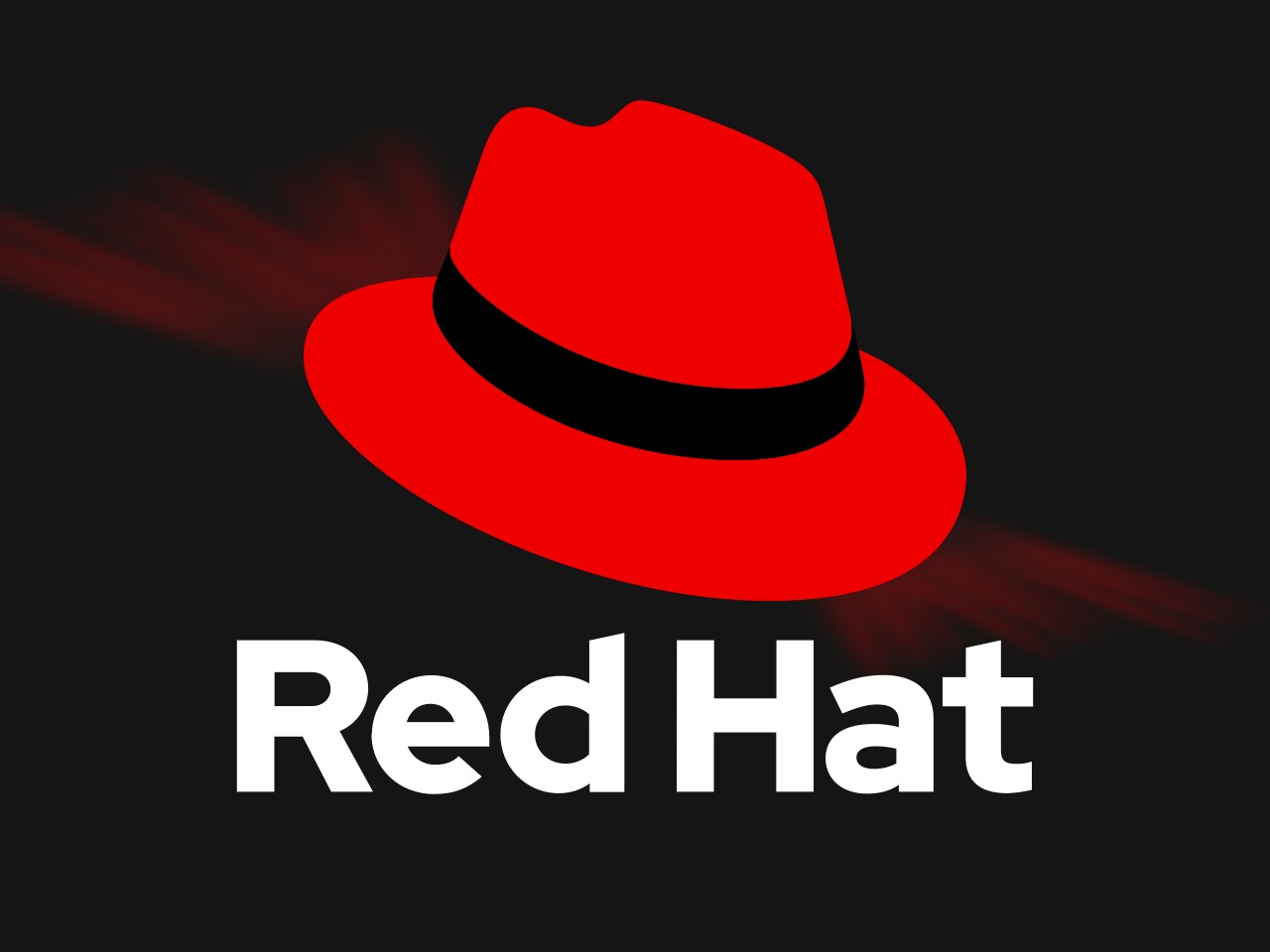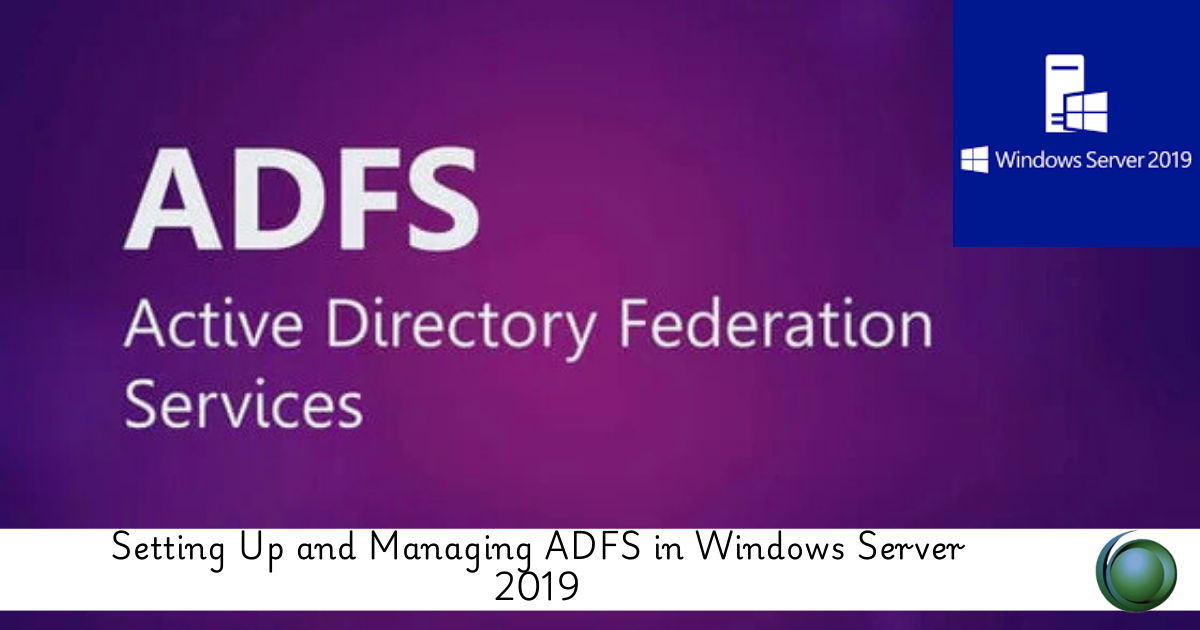Description
Introduction to Red Hat Enterprise Linux
Red Hat, Inc. is a leading American multinational software company that provides open-source software products to the enterprise community. The company is best known for its Red Hat Enterprise Linux (RHEL), which is a widely used enterprise operating system. In addition to RHEL, Red Hat offers a wide range of solutions in cloud computing, middleware, virtualization, storage, container management (with OpenShift), and automation (with Ansible).
Red Hat’s open-source model encourages collaboration and innovation, where developers and IT professionals can adapt and contribute to the software. It has become a critical component of IT infrastructure, especially in enterprise environments.
Why Red Hat?
- Enterprise-grade Solutions: Red Hat provides robust and scalable solutions that are widely used in enterprises, from on-premises to hybrid cloud deployments.
- Open Source Leadership: As an open-source company, Red Hat provides transparency, flexibility, and innovation.
- Certification and Support: Red Hat offers certifications, which are highly respected in the IT industry, and technical support for enterprise clients.
Prerequisites of Red Hat Enterprise Linux
Before diving into Red Hat, there are a few things you need to have or understand:
- Basic Understanding of Linux: Familiarity with Linux commands and administration is essential. Red Hat is a Linux distribution, so basic knowledge of file systems, command-line tools, user management, and networking is crucial.
- Familiarity with Virtualization: Knowing how to set up and manage virtual environments using tools like VirtualBox, VMware, or KVM is useful for deploying Red Hat instances.
- Understanding of Networking: A basic understanding of IP addressing, subnetting, and network configurations will help manage Red Hat servers in enterprise environments.
- Interest in Open Source: Red Hat’s ecosystem is built on open-source principles, so having an interest in or experience with open-source technologies and projects is beneficial.
- Access to Red Hat: You can either use a subscription to Red Hat Enterprise Linux or leverage CentOS Stream or other compatible distributions for practice if a subscription is not available.
Table of Contents
This table of contents provides a high-level overview of what you can expect when learning or working with Red Hat. Each section builds on the previous one, from the basics to advanced enterprise-level solutions.







Reviews
There are no reviews yet.